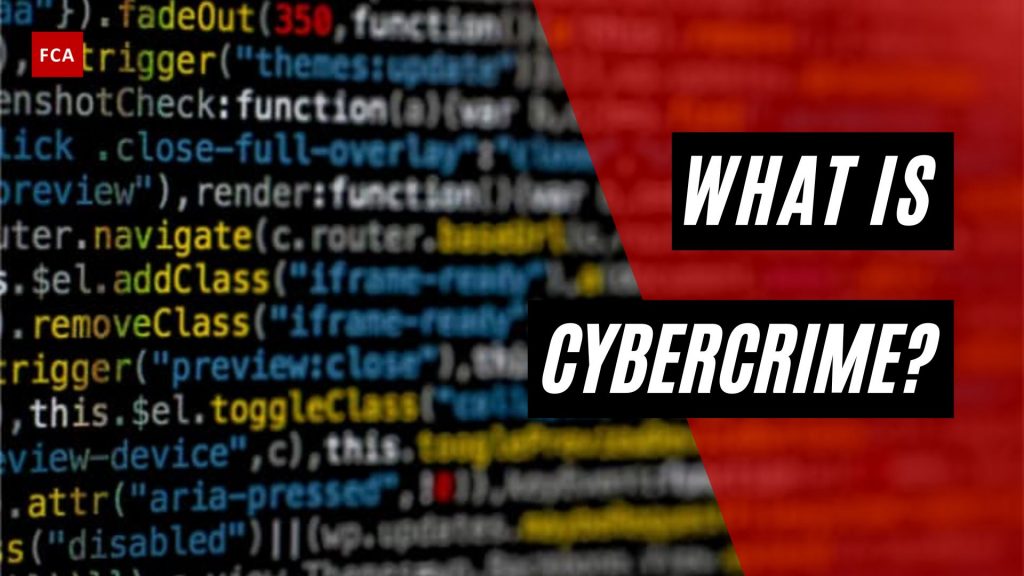What is cybercrime? Cybercrime is a type of financial crime performed by hackers or cyber attackers to gain unauthorized access to the system of the targeted entity to steal confidential information. Cybercrime incidents result in financial and reputational losses and require robust controls to prevent them. Cybercrime is an unlawful action against any person using a computer, its systems, and offline or online programs and applications. It occurs when information technology is used to commit or cover an offense. An act is only considered cybercrime if it is intentional and not accidental.

What is Cybercrime?
Cybercrime, also known as computer crime, is the use of a computer to further illegal ends such as fraud, child trafficking, intellectual property, stealing identities, or violating privacy. Cybercrime, particularly through the internet, has grown in importance as computers have become increasingly important in commerce, entertainment, and government.
Here are some of the examples of cybercrimes:
- The fraud done by manipulating the computer network
- Unauthorized access to or modification of data or application
- Intellectual property theft includes software piracy
- Industrial spying and access to or theft of computer materials
- Writing or spreading computer viruses or malware

Cybercrime can attack in various ways, and some most common types of cybercrime are:
- Hacking: It is an act of gaining unauthorized access to a computer system or network.
- Denial Of Service Attack: In this cyberattack, the cyber-criminal uses the bandwidth of the victim’s network or fills their e-mail box with spammy mail. Here, the intention is to disrupt their regular services.
- Software Piracy: It software theft by illegally copying genuine programs or counterfeiting. It also includes the distribution of products intended to pass for the original.
- Phishing: Phishing is a technique of illegally extracting confidential information from institutional account holders.
- Spoofing: It is an act of getting one computer system or a network to pretend to have the identity of another computer. It is mostly used to access exclusive privileges that networks or computers enjoy.
There are numerous privacy concerns when confidential information is intercepted or disclosed, whether lawfully or illegally. Internationally, both state and non-state actors are involved in cybercrime, which includes espionage, financial theft, and other cross-border crimes. Cyberwarfare refers to cybercrimes that cross international borders and involve the actions of at least one nation-state.

Final Thoughts
New technologies create new criminal opportunities, but only a small number of new types of crime. What distinguishes cybercrime from other types of crime? One obvious distinction is the use of a digital computer, but technology alone is insufficient to distinguish between different types of criminal activity. Criminals do not require a computer to commit fraud, traffic in child pornography and intellectual property, steal identities, or violate people’s privacy. All of these activities existed before the term “cyber” became popular. Cybercrime, particularly involving the Internet, is an extension of existing criminal behavior and some novel illegal activities.









